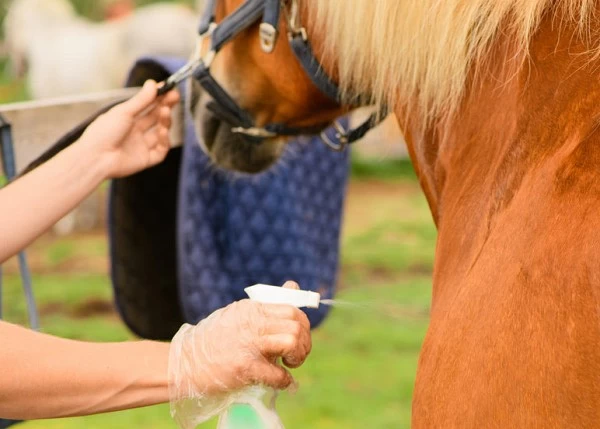FUNGAL DISEASES OF HORSES
20/02/2024
SUMMARY
Among diseases of horses caused by fungi (=mycoses), dermatophytosis, cryptococcosis and aspergillosis are of particular concern, due their worldwide diffusion and, for some of them, zoonotic potential. Conversely, other mycoses such as subcutaneous (i.e., pythiosis and mycetoma) or deep mycoses (i.e., blastomycosis and coccidioidomycosis) are rare, and/or limited to restricted geographical areas. Generally, subcutaneous and deep mycoses are chronic and progressive diseases; clinical signs include extensive, painful lesions (not pathognomonic), which resemble to other microbial infections. In all cases, early diagnosis is crucial in order to achieve a favorable prognosis. Knowledge of the epidemiology, clinical signs, and diagnosis of fungal diseases is essential for the establishment of effective therapeutic strategies.
This article reviews the clinical manifestations, diagnosis and therapeutic protocols of equine fungal infections as a support to early diagnosis and application of targeted therapeutic and control strategies.
FULL DOCUMENT:


